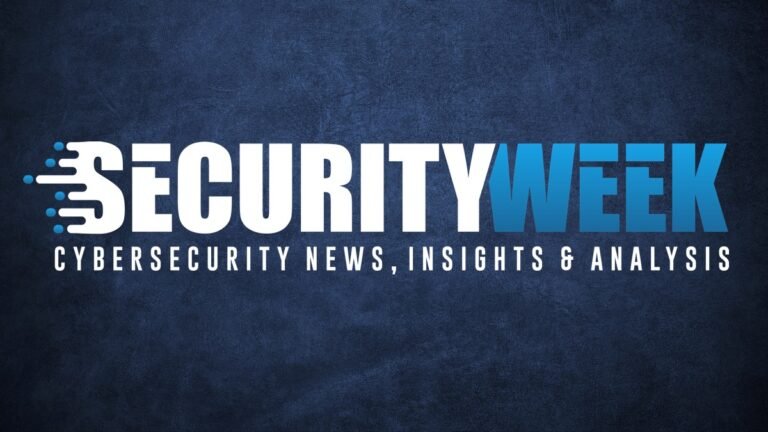Fast Facts
-
Data Breach Notification: LexisNexis Risk Solutions is informing over 364,000 individuals of a data breach that occurred on December 25, 2024, but was reported to them on April 1, 2025.
-
Compromised Information: The breach involved unauthorized access to personal data, including names, dates of birth, Social Security numbers, and driver’s license numbers, but did not affect financial information or LNRS’s own systems.
-
Response Measures: Affected individuals will receive two years of free identity protection and credit monitoring services, and the breach has been reported to law enforcement and relevant regulators.
- Source of Breach: The incident was linked to access through LNRS’s GitHub account, stemming from a third-party software development platform, with no further misuse of data evidenced yet.
The Issue
In a significant data breach, LexisNexis Risk Solutions (LNRS), a prominent data broker based in Atlanta, has reported that over 364,000 individuals had their personal information compromised following an incident on December 25, 2024. The company’s exposure to this breach stemmed from an unauthorized third party accessing its data through a third-party development platform, specifically its GitHub account, rather than through any vulnerabilities in LNRS’s own security infrastructure. The stolen information consists of sensitive data, including names, Social Security numbers, and driver’s license numbers, though LNRS emphasized that financial details were not affected, and thus far, there is no evidence of the data being misused.
LNRS first became aware of the breach on April 1, 2025, after receiving reports from an unknown source claiming access to its information. In response, the company has taken proactive measures by notifying both the affected individuals and relevant authorities, including law enforcement. As a remedial gesture, LNRS is offering two years of free identity protection and credit monitoring services to those impacted. This prompt disclosure underscores both the gravity of the incident and the company’s commitment to transparency and consumer protection amid growing concerns over digital security vulnerabilities.
What’s at Stake?
The recent December 2024 data breach involving LexisNexis Risk Solutions (LNRS) poses significant risks to other businesses, users, and organizations, primarily due to the potential for cascading effects in the realm of data security and consumer trust. With the theft of sensitive personal information, including Social Security numbers and driver’s license details belonging to over 364,000 individuals, there is a heightened risk of identity theft, which could extend beyond those directly affected and implicate financial institutions and other businesses that may unwittingly engage with compromised identities. Furthermore, as the breach stemmed from a third-party platform used for software development, it underscores vulnerabilities that could endanger a plethora of enterprises reliant on similar external services, thereby amplifying the threat to their data integrity and operational resilience. The erosion of consumer trust, sparked by such incidents, can lead to broader reputational harm, reduced stakeholder confidence, and potential regulatory scrutiny across the industry, compounding financial and operational repercussions for organizations that fail to enhance their cybersecurity protocols in response to this incident.
Fix & Mitigation
Timely remediation is crucial in mitigating the repercussions stemming from the recent data breach involving 364,000 individuals at LexisNexis Risk Solutions. Such incidents can lead to significant financial and reputational damage, underscoring the necessity for prompt action.
Mitigation Steps
- Immediate Notification: Inform affected individuals about the breach.
- Identity Protection: Offer credit monitoring and identity theft protection services.
- Security Audit: Conduct a thorough investigation to assess vulnerabilities.
- Strengthen Policies: Revise data handling and security protocols.
- Employee Training: Implement training programs focused on cybersecurity awareness.
- Regular Monitoring: Establish continuous monitoring systems to detect anomalies.
- Incident Response Plan: Update and test incident response plans to enhance preparedness.
NIST CSF Guidance
The NIST Cybersecurity Framework (CSF) emphasizes the importance of risk management and incident response. Specifically, it recommends implementing comprehensive security controls and fostering a culture of security awareness. For a deeper exploration of related standards, refer to NIST Special Publication 800-53, which provides detailed guidelines on selecting and specifying security controls for information systems.
Stay Ahead in Cybersecurity
Discover cutting-edge developments in Emerging Tech and industry Insights.
Understand foundational security frameworks via NIST CSF on Wikipedia.
Disclaimer: The information provided may not always be accurate or up to date. Please do your own research, as the cybersecurity landscape evolves rapidly. Intended for secondary references purposes only.
Cyberattacks-V1

